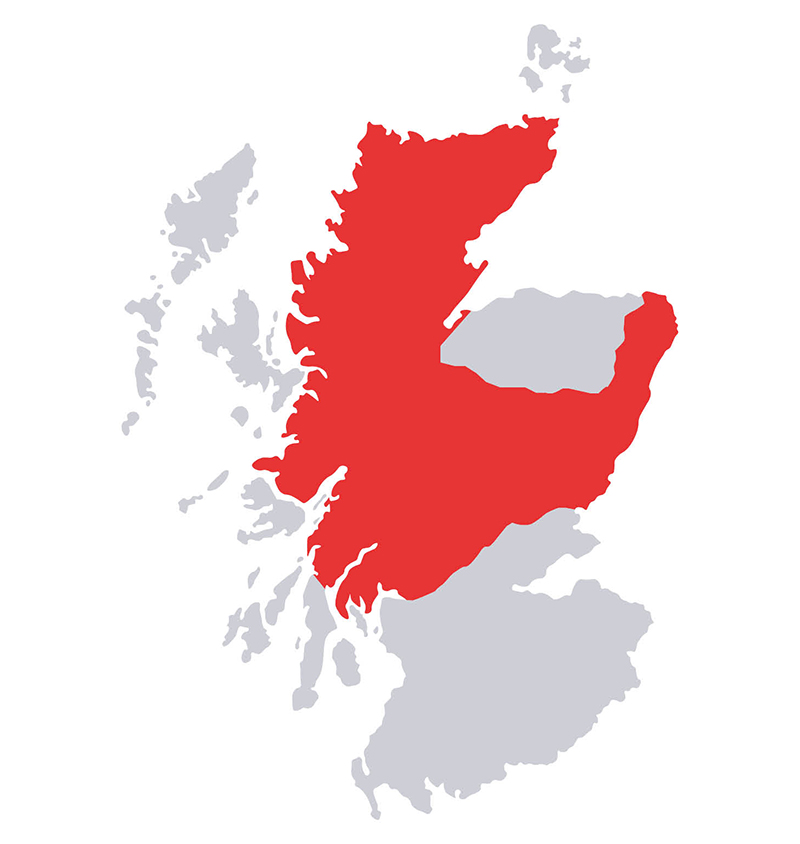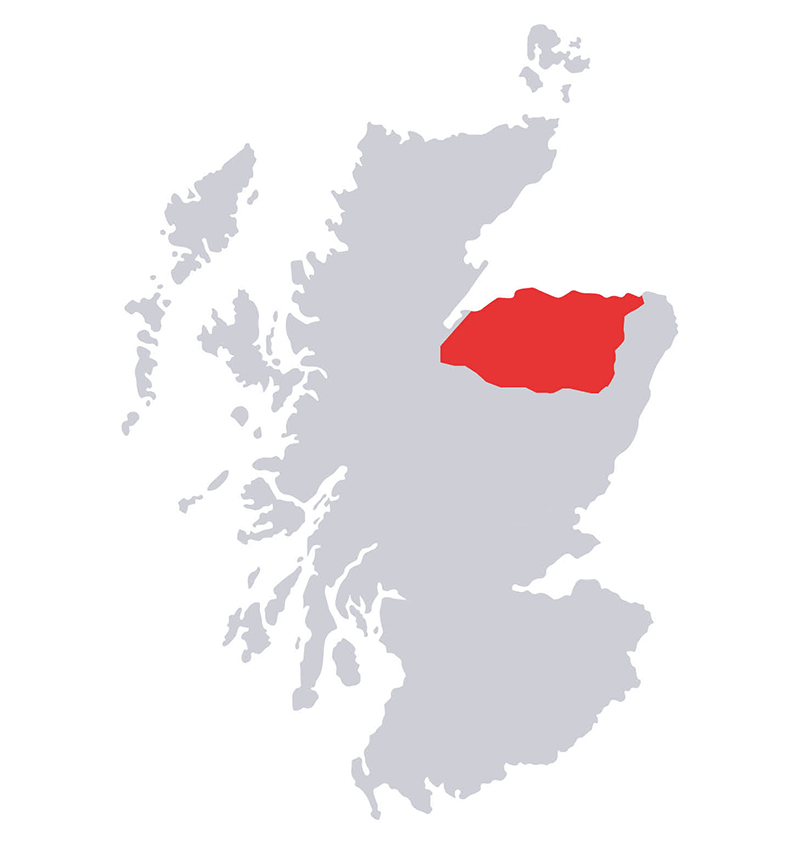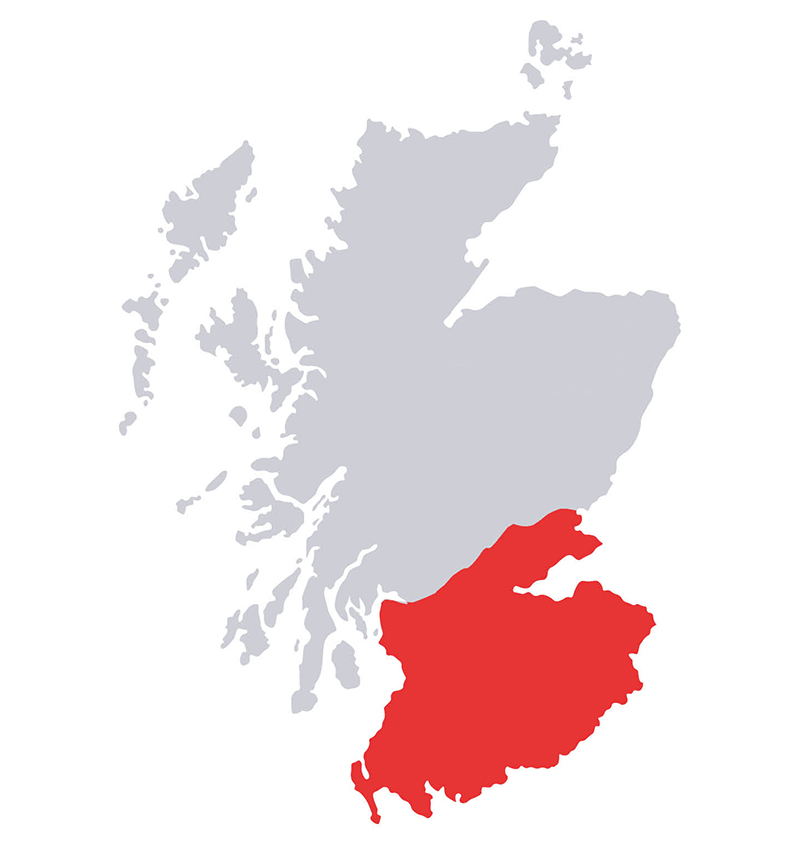For Scotch Whiskey we only mean what is produced, aged for a minimum of 3 years and bottled entirely in Scotland.
Scotch Whiskeys are classified according to the Scottish region of origin: below is the map with the characteristics of each production area.
 |
 |
 |
| HIGHLANDS is the largest producing region with the widest range of whiskeys produced, thanks to the region's complex climate. It includes the distillates of Campbeltown and those of the islands of Orkney, Skye, Mull, Jura, with the typical spiced whiskeys, which require long periods of aging. |
SPEYSIDE is located east of the Highlands, where the River Spey flows. Here is concentrated the majority of Scottish distilleries which are known for the elegance and complexity of the whiskey produced. |
ISLAY is a small island west of the Scottish coast, heavily exposed to the ocean wind. The local climate allows for the creation of whiskey with a strong and pungent aroma, with a marine scent of seaweed and salt. They are considered among the finest whiskeys. |
 |
 |
 |
| ISLANDS is a complex of nearly 800 small islands scattered off the west coast of Scotland. Only some of them are inhabited and of these only very few still have a distillery. Eclectic whiskeys are born, from light citrus to full peat smoke. |
CAMPBELTOWN was known as a thriving whiskey region with more than 34 distilleries. There are now only 3 manufacturers, but of great quality. Unique malts, peaty of great value. |
LOWLANDS is the region located south of Scotland, beyond the ideal line between Dundee and Greenock. Its characteristic is the production of gentler and softer whiskeys than those of the Highlands. |



















